Restore Prostate Health Naturally with Ayurveda
Restore Prostate Health Naturally with Ayurveda
Prostate enlargement, medically known as Benign Prostatic Hyperplasia (BPH), is a common condition affecting men, especially after the age of 45–50 years. It leads to urinary problems that significantly affect quality of life. Many men hesitate to seek early treatment due to social hesitation or fear of surgery.
Modern treatments often focus on long-term medications or surgery, which may cause side effects. Ayurveda offers a safe, natural, and holistic approach to manage prostate enlargement by treating the root cause and improving urinary health.
Facing frequent urination or weak urine flow? Consult our Ayurvedic expert today.@https://ayurvidhiclinic.com/contact-us/
What is Prostate Enlargement According to Ayurveda?
In Ayurveda, prostate enlargement is correlated with Mutraghata and Vatika disorders involving Vaata and Kapha Dosha.
Aggravated Vaata causes obstruction in urinary channels (Mutravaha Srotas), while Kapha contributes to glandular enlargement and heaviness.
Common Ayurvedic causes include:
-
Age-related degeneration
-
Weak digestion (Mandagni)
-
Hormonal imbalance
-
Sedentary lifestyle
-
Excessive intake of heavy, oily foods
-
Suppression of natural urges for Urine & Deification
Identify the exact dosha imbalance through an Ayurvedic diagnosis.
Common Symptoms of Prostate Enlargement
-
Frequent urination, especially at night
-
Weak or interrupted urine flow
-
Difficulty in starting urination
-
Feeling of incomplete bladder emptying
-
Dribbling after urination
-
Urinary urgency or discomfort
Early treatment can prevent complications like urinary retention and infection.
Do not ignore urinary symptoms—early Ayurvedic care can prevent surgery.
Ayurvedic Treatment for Prostate Enlargement
Ayurvedic treatment focuses on reducing gland enlargement, improving urine flow, and balancing Vaata-Kapha Dosha.
🔹 Herbal Medicines

Ayurvedic Herbal medicine and its formulation are subject based on the Prakriti & Vikruti of the patient’s and its disease. A customized detailed case study of patient’s Prakriti & Vikruti is necessary. But for informative purpose we mention here some commonly used Ayurvedic herbs include while treating Prostate Enlaregment with Ayurveda medicine.
Commonly used herbs include:
-
Gokshura
-
Punarnava
-
Shilajit
-
Guggulu Formulations
These medicine are for the purpose of information, before consuming kindly consult a Ayurvedic Doctor!
These medicines:
✔ Reduce inflammation
✔ Improve urine flow
✔ Strengthen urinary system
✔ Support hormonal balance
Get personalized Ayurvedic medicines prepared under Vaidya supervision.@https://ayurvidhiclinic.com/services/
Role of Panchakarma in Prostate Care
Panchakarma therapies play a key role in chronic and long-standing cases.
🌼 Basti (Medicated Enema Therapy)

Best therapy for Vaata disorders; improves bladder function.
🌼 Uttar Basti (Specialized Therapy)

Directly acts on urinary and reproductive organs.
🌼 Abhyanga & Swedana

Local Abhyanga and Swedana Improves circulation and reduces pelvic stiffness.
Diet & Lifestyle Guidelines for Prostate Health
Recommended:
-
Warm, light meals
-
Barley, green vegetables
-
Adequate hydration
-
Pumpkin seeds
-
Regular walking and yoga
Avoid:
-
Spicy and oily foods
-
Excessive caffeine and alcohol
-
Holding urine for long
-
Prolonged sitting
Get a personalized Ayurvedic diet plan for prostate care.@https://ayurvidhiclinic.com/services/
Why Choose Ayurveda & Panchakarma for Prostate Enlargement?
✔ Natural and safe
✔ No hormone manipulation
✔ No long-term drug dependency
✔ Improves urinary function
✔ Prevents complications
✔ Enhances quality of life
Ayurveda treats prostate enlargement gently and effectively.
🏥 Our Clinic’s Special Approach to Prostate Health
At our Ayurvedic clinic, we provide:
-
Detailed prostate and urinary assessment
-
Personalized treatment protocols
-
Authentic Panchakarma therapies
-
Vaidya-prepared herbal medicines
-
Long-term monitoring and guidance
Book your Ayurvedic prostate care consultation today.@https://ayurvidhiclinic.com/contact-us/
Regain Comfort and Confidence Naturally
Prostate enlargement can be managed effectively without fear of surgery when treated early through Ayurveda and Panchakarma.
📞 Call now to schedule your consultation @https://ayurvidhiclinic.com/contact-us/
📍 Visit our clinic for holistic prostate care @https://www.google.com/maps/place/Ayurvidhi+Clinic/@18.6136758,73.9091446,17z/data=!3m1!4b1!4m16!1m9!4m8!1m0!1m6!1m2!1s0x3bc2c7990322abff:0xc5de21061f105a92!2sOffice+No+309,+3+Floor,+Park+Plaza,+Society,+Porwal+Rd,+beside+Park+Springs,+Lohegaon,+Pune,+Maharashtra+411047!2m2!1d73.9117195!2d18.6136707!3m5!1s0x3bc2c7990322abff:0xc5de21061f105a92!8m2!3d18.6136707!4d73.9117195!16s%2Fg%2F11j32wcd1_?entry=ttu&g_ep=EgoyMDI1MTIwOS4wIKXMDSoKLDEwMDc5MjA2N0gBUAM%3D


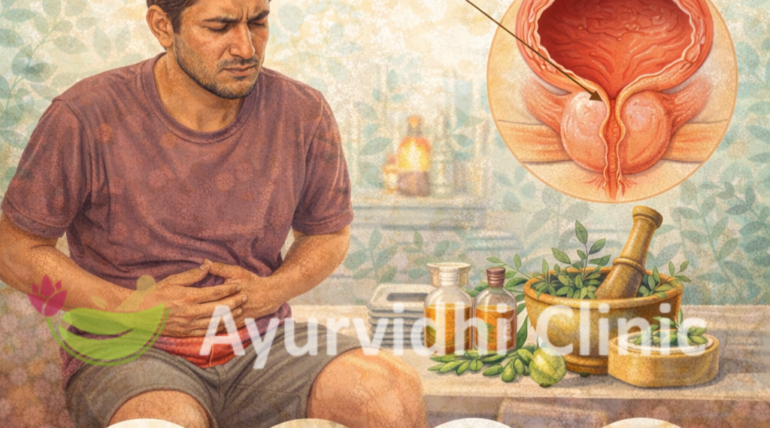





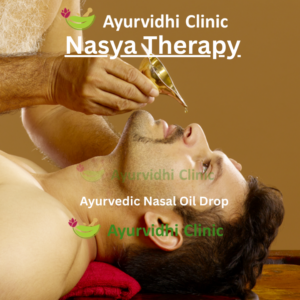
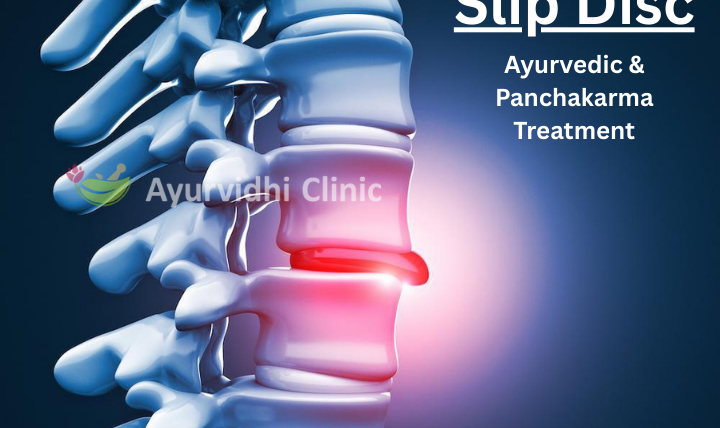



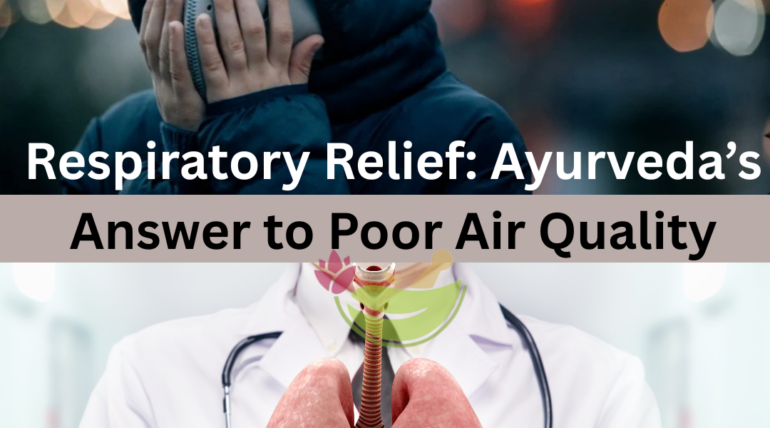




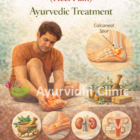

Recent Comments